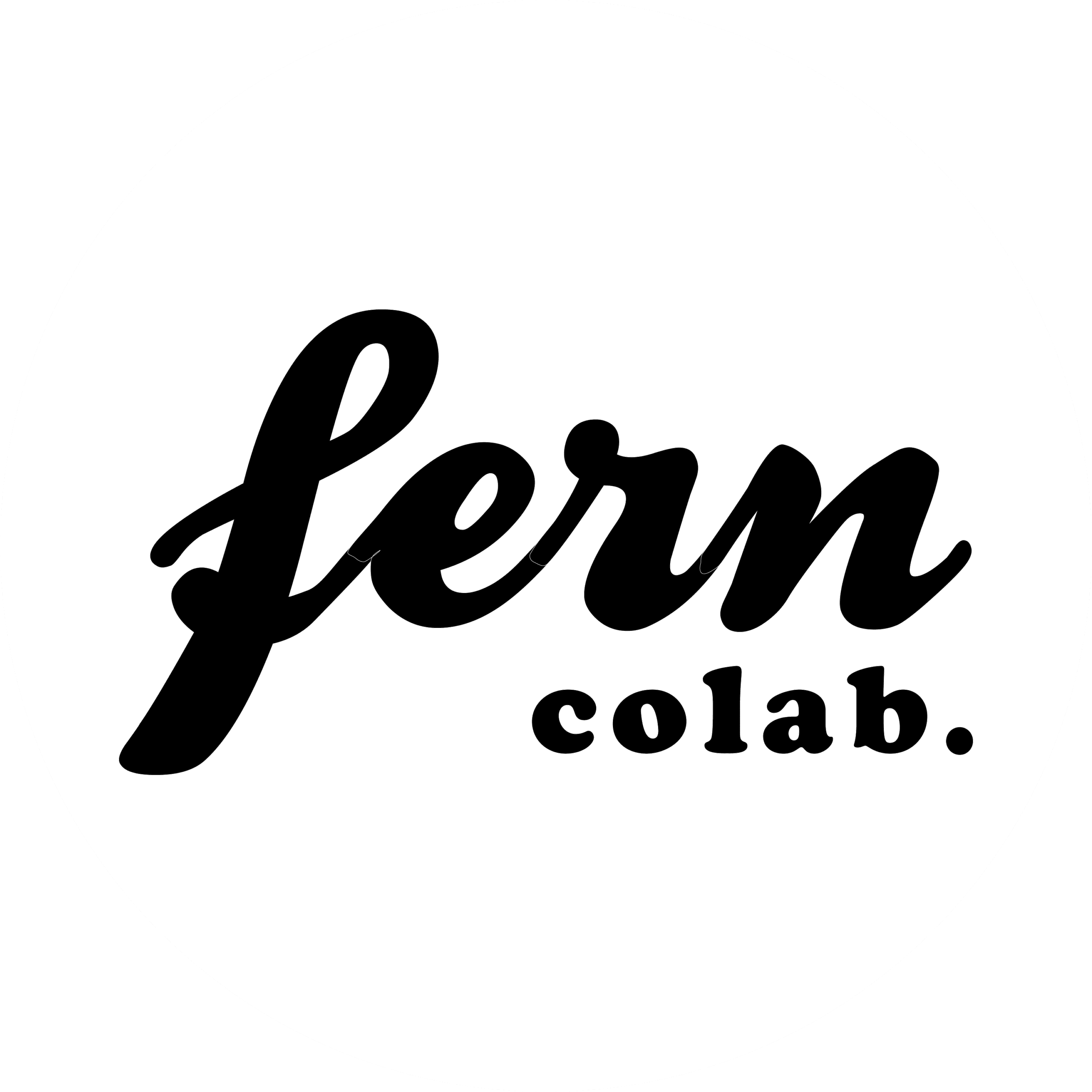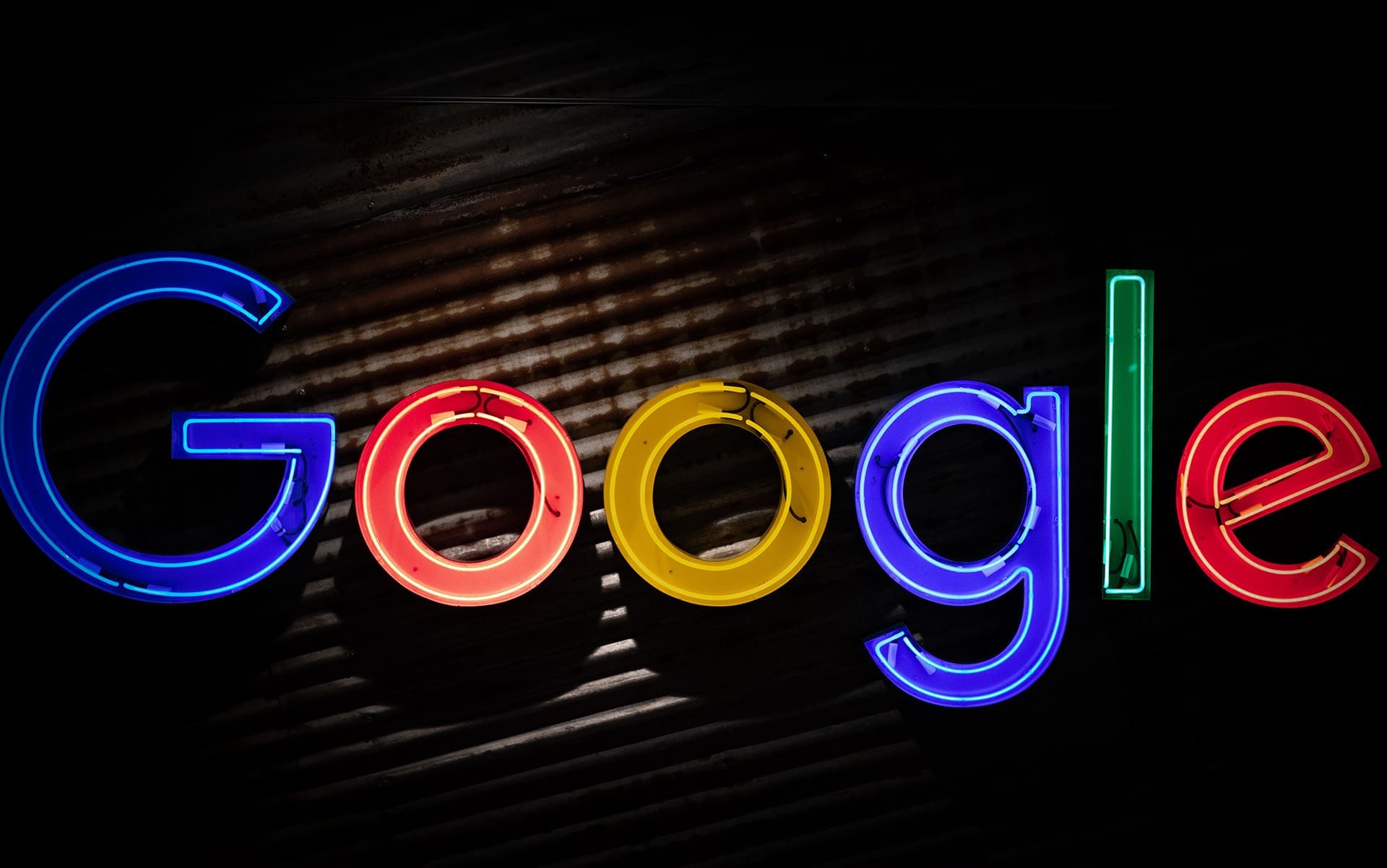SEO Terms You Need to Know
As a business owner wanting to build their online presence, it’s important you understand the basics of SEO, the terminology used and the core concept of what’s involved in optimizing your website to show up in the search results.
What we realised though is when people ask about SEO they are often bombarded with words, terms and numbers that just add to the already confusing world of SEO. It’s all too common for agencies to ‘scare’ you into working with them, you are left thinking it’s all too much to handle on your own.
Well while the world of SEO is complicated, you shouldn’t be put off from getting a grasp of the basics, and atleast some of the terminology used. So when you speak to an SEO specialist or an agency, at the very least you will know what the hell they are talking about and be better placed to make a decision about whether or not you want to work together.
So let’s get into it. Here are some of the terms you will hear and what they mean.
Keywords
Keywords are words or phrases that people type into search engines to find what they are looking for. When creating content, it is important to use relevant keywords that your target audience is searching for. Keyword research is the process of identifying the most relevant keywords for your business and optimizing your website around those keywords.
Meta Tags
Meta tags are snippets of text that provide information about your web page to search engines. There are two main types of meta tags: meta descriptions and meta titles. Meta descriptions provide a brief summary of what the page is about, and meta titles are the main headings that appear in search engine results.
Backlinks
Backlinks are links that point to your website from other websites. Having high-quality backlinks is an important factor in SEO because it shows search engines that other websites consider your content valuable and relevant.
Anchor Text
Anchor text is the clickable text in a hyperlink that takes you to another web page. It is important to use relevant anchor text when linking to your website because it helps search engines understand the content on your page.
PageRank
PageRank is an algorithm used by Google to rank websites in search engine results. It takes into account the number and quality of backlinks a website has, as well as the relevance of the content on the website.
Crawling
Crawling is the process by which search engines discover new web pages. Search engine crawlers use automated software to visit and index web pages.
Indexing
Indexing is the process by which search engines store and organize the information on web pages so that it can be quickly retrieved when someone searches for a particular keyword or phrase.
Algorithm
An algorithm is a set of rules or instructions that search engines use to determine how to rank websites in search engine results.
Bounce rate
This term refers to the percentage of visitors who leave your website after viewing only one page. A high bounce rate could indicate that your site is not engaging or relevant enough to retain visitors.
Canonical URL
When multiple URLs have the same content, a canonical URL helps search engines understand which URL to prioritize in their indexing. This helps prevent duplicate content issues and ensures that the correct page is displayed in search results.
CTR (Click-Through Rate)
CTR is the percentage of clicks your website receives divided by the number of impressions it generates. A higher CTR indicates that your website is effectively attracting and retaining users.
Domain Authority
This is a score assigned to a website that predicts its ability to rank on search engine results pages (SERPs). A higher domain authority score indicates a more trustworthy and authoritative website.
Keyword Stuffing
This refers to the practice of overusing keywords in website content in an attempt to manipulate search engine rankings. Keyword stuffing is a black-hat SEO tactic that can lead to penalization from search engines.
Long-Tail Keywords
These are longer and more specific keyword phrases that are typically less competitive but more relevant to specific search queries. Targeting long-tail keywords can help you rank higher in SERPs for specific niche topics.
SERP (Search Engine Results Page)
This is the page displayed by a search engine in response to a user’s query. Understanding SERP features such as featured snippets, local packs, and knowledge graphs can help you optimize your website for better visibility.
Title Tag
This is the HTML element that defines the title of a web page. A well-crafted title tag can help improve your website’s click-through rate and search engine rankings.
User Experience (UX)
UX refers to the overall experience a user has while interacting with your website. Factors such as page speed, mobile responsiveness, and ease of navigation can impact user satisfaction and ultimately, your website’s search engine rankings.
White-Hat SEO
This is a set of ethical and legitimate SEO techniques that comply with search engine guidelines. White-hat SEO is focused on creating high-quality content, optimizing user experience, and building authoritative backlinks. This is good.
Black-Hat SEO
This is the naughty stuff that some people do to try and manipulate SERPs for hight rankings. Using black hat methods can lead to Google penalties, being wiped from search results or seeing your metrics drop completely. This is bad.
Content Marketing
This is the practice of creating and distributing valuable, relevant, and consistent content to attract and retain a clearly-defined audience. Content marketing can help build brand awareness, drive traffic to your website, and improve search engine rankings.
Crawling
This is the process by which search engines discover and index new web pages. Search engine bots crawl the web by following links from page to page, indexing the content of each page along the way.
Featured Snippet
This is a highlighted search result that appears at the top of a search engine results page (SERP). Featured snippets can help improve visibility and click-through rates, as they often provide users with a concise and informative answer to their query.
Google Business Profile
Formerly Google My Business, this is a free tool provided by Google that allows businesses to manage their online presence across Google, including in search results and on Google Maps. Optimizing your Google Business Profile can help improve local search visibility.
Keyword Research
This is the process of identifying and analyzing the keywords and phrases that users search for most frequently in order to optimize website content for those terms. Effective keyword research can help you understand user intent and generate targeted traffic to your website.
On-Page Optimization
This refers to the practice of optimizing individual web pages in order to rank higher and earn more relevant traffic in search engines. On-page optimization includes factors such as title tags, meta descriptions, header tags, and keyword usage.
Robots.txt
This is a file that tells search engine bots which pages on your website they are allowed to crawl and index. Properly configuring your robots.txt file can help prevent search engines from crawling sensitive or unnecessary pages on your website.
Schema Markup
This is a structured data vocabulary that helps search engines better understand the content and context of your website. Adding schema markup to your website can improve visibility in search engine results and generate rich snippets.
SSL Certificate
This is a digital certificate that encrypts data transmitted between a website and its users. Having an SSL certificate is important for website security, user privacy, and search engine rankings.
We will update this list over time. Have you heard something we havent added here? Let us know in the comments and we will answer.
Freebies
Grab our free brand guide questionaire
Improve Your Google Business Listing Free Checklist
Join our newsletter
Get the latest, tips, news and deals
Got your own ideas?







0 Comments